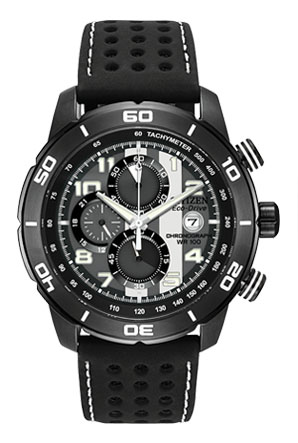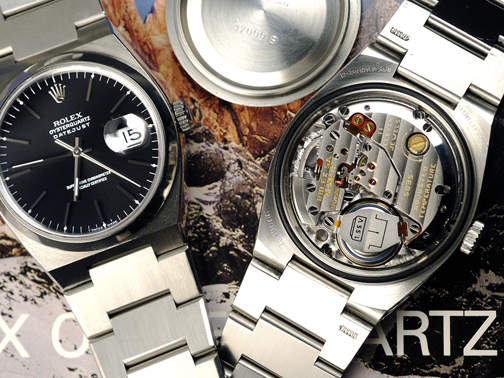5 Best 'Daily Use' Watches for Under £260/$400
Over the past few weeks, due to the time of year, I've had my head down and have been working hard. As a result I've found myself returning to the same watch repeatedly, day after day, due to its proven track record. For me, a daily watch is a timepiece, that whilst aesthetically attractive, I can forget about whilst on my wrist, not worry about when if wet or knocked, and finally a watch that sits quietly on wrist without demanding unnecessary attention.
1) Luminox Navy Seal 3001: £260/$375
The Luminox Navy Seal 3001 is a personal favorite of mine, and the watch I often default to, for day to day use. The subtle, yet distinctive design makes it a great timepiece to wear with a suit or t-shirt, as well as being able to shrug off absolutely anything thrown at it, from rain to rocks. The quality Swiss quartz movement found in the Navy Seal ensures reliable time keeping throughout the day, and eliminates the need for the watch to be wound manually during the morning rush. However, my favourite feature of the watch is the inclusion of tritium gas tubes within the hour, minute and second hands, each hour marking also includes a marking, making it a perfect for those working in low light environments,and as a perfect substitute for a clock during the night. For more of an insight on the 3001, read my previous, more in depth review by clicking, here.
2) Seiko SKX007J1: £175/$275
The Seiko SKX007J1 is a throw back to the old 80's diver watch style designs, and one of Seiko's best selling watches of the past 10 years. It uses Seiko's tried and trusted 21 jewel cal.7S26 movement, all made in Japan. It is also the only watch featured in this list that provides both day and date windows on the face of the watch. It's design is simple, and devoid of any clutter, allowing for the time to be read easily at a glance. The lumibrite on these Seiko models is impressively strong, and a testament to the overall build quality of the watch. Efficiency and robustness make the Seiko SKX007J1 a great day to day wearer.
3) G-Shock GW-4000D-1AER: £200/$310
When it comes to tough watches, G-Shock are amongst the most reliable in the world and the reason at least one had to be on this list. This particular model features a plethora of technology for every eventuality, and can comfortably sit on your wrist during the morning run, as well as in the office. The GW-4000D-1AER contains a radio antenna, keeping it accurate to the second - vital in a job where every second counts. For those traveling between time zones, either domestically or internationally can also use the radio signals to easily adjust to the new time zone thanks to G-Shocks 'world time' function. It also boasts a tough solar movement and chronograph, with alarm function. The black steel strap really finishes off the professional but tough look.
4) Swatch SISTEM51: £108/$150
The SISTEM51 is a relatively new watch by Swatch, released to rethink the way in which an automatic movement could be created. As the name suggests the movement only uses only 51 parts over 5 modules by using innovative new technology. The 90 hour power means it will continue to work on Monday morning even if left off of the wrist over the weekend - an impressive feature on a watch at this price point. True to Swatch's form, the watch comes in 4 different colours and patterns: black, blue, red, and white.
5) Citizen Eco-Drive CA0467-46E: £249/$390

The second Japanese movement in the list is found within the Eco-Drive - the best selling watch within the Citizen range. The watch contains solar cells that power a lithium ion rechargeable battery when exposed to light, and it is claimed that the movement can run for an estimated 180 days before requiring a charge from the panels. It's hard to think of a more convenient watch for someone who wants a watch with zero hassle in terms of winding/servicing, but still wants to maintain a classic looking design. 320 different models exist in the Citizen range, resulting in a style suited for everyone. The particular model I've chosen includes a 1/5 second chronograph, measuring up to 60 minutes, as well as a tachymeter.



















